Brodifacoum
- CAS NO.:56073-10-0
- Empirical Formula: C31H23BrO3
- Molecular Weight: 523.42
- MDL number: MFCD00084803
- EINECS: 259-980-5
- SAFETY DATA SHEET (SDS)
- Update Date: 2024-12-18 14:08:52
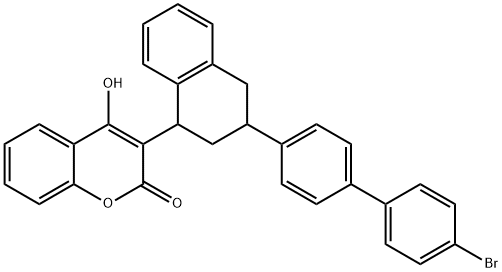
What is Brodifacoum?
Description
Brodifacoum is a 4-hydroxycoumarin anticoagulant that acts as a vitamin K antagonist. It was registered as a pesticide in 1979 in the United States although in 2008 it was made a restricted use pesticide by the Environmental Protection Agency. This means it can only be used by certified pesticide applicators; however, the makers of D-Con which contains 0.005% brodifacoum by weight have challenged this and brodifacoum is currently available in D-Con and in various other pesticide products for the eradication of mice and rats although it is also used on larger mammals such as possums. Brodifacoum currently remains available to the general public.
Chemical properties
White Solid
The Uses of Brodifacoum
Brodifacoum is used to control rodents in and around buildings.
The Uses of Brodifacoum
Brodifacoum is a highly lethal vitamin K antagonist anticoagulant poison. In recent years, Broadifacoum, has become one of the world's most widely used pesticides.
The Uses of Brodifacoum
Rodenticide.
What are the applications of Application
Brodifacoum is a potent vitamin K antagonist anticoagulant agent
Definition
ChEBI: Brodifacoum is a member of benzenes, a ring assembly and a member of naphthalenes.
Hazard
Poison, anticoagulant.
Environmental Fate
Brodifacoum, like other hydroxycoumarins, interferes with the production of vitamin K–dependent coagulation factors. Vitamin K is a cofactor for the carboxylation of specific glutamic acid groups in coagulation factors II (prothrombin), VII, IX, and X. During this step, vitamin K is oxidized to vitamin K 2,3-epoxide. The regeneration of vitamin K by vitamin K 2,3-epoxide reductase is prevented by brodifacoum. As a result, dysfunctional decarboxy-coagulation factors are produced and coagulation is impaired. Brodifacoum is over 100 times more potent than warfarin on a molar basis in rats.
Metabolic pathway
The fate of brodifacoum in soils and plants has not been studied in detail because the compound is usually applied as a pelleted bait or in a wax block. This limits its dissipation in the environment. Studies in animals have been conducted as part of the assessment of safety and to investigate mode of action.
Degradation
Brodifacoum is a stable compound; no detectable degradation occurs at 50 °C or in direct sunlight over 30 days, though it is liable to some photodecomposition in solution.
Toxicity evaluation
Brodifacoum has a very low solubility in water and typically
enters water through erosion where it is then found in the
sediment. Brodifacoum concentrations are typically not
measurable in water systems.
Products that contain brodifacoum as pesticide can remain
toxic for a long period of time in the environment. The rate of
decay of brodifacoum depends upon the amount of rainfall. As
the product that contains brodifacoum degrades over time, the
brodifacoum is absorbed into the soil. Soil bacteria degrade
brodifacoum over weeks to months although soil type,
temperature, and the presence of microorganisms that will
degrade brodifacoum all influence the time it takes to degrade.
Properties of Brodifacoum
| Melting point: | 228-230° |
| Boiling point: | 679.0±55.0 °C(Predicted) |
| Density | 1.2940 (rough estimate) |
| vapor pressure | 41 x l0-6 Pa (20 °C) |
| refractive index | 1.4620 (estimate) |
| storage temp. | 0-6°C |
| solubility | Chloroform (Slightly), DMSO (Slightly) |
| pka | 5.0 (weak acid, est.) |
| form | neat |
| Water Solubility | 0.24 mg l-1 (20 °C) |
| Merck | 13,1363 |
| BRN | 8171403 |
| CAS DataBase Reference | 56073-10-0(CAS DataBase Reference) |
| EPA Substance Registry System | Brodifacoum (56073-10-0) |
Safety information for Brodifacoum
| Signal word | Danger |
| Pictogram(s) |
 Skull and Crossbones Acute Toxicity GHS06  Health Hazard GHS08  Environment GHS09 |
| GHS Hazard Statements |
H372:Specific target organ toxicity, repeated exposure H410:Hazardous to the aquatic environment, long-term hazard |
| Precautionary Statement Codes |
P202:Do not handle until all safety precautions have been read and understood. P264:Wash hands thoroughly after handling. P264:Wash skin thouroughly after handling. P273:Avoid release to the environment. P280:Wear protective gloves/protective clothing/eye protection/face protection. |
Computed Descriptors for Brodifacoum
New Products
4,4-Difluoropiperidine hydrochloride tert-butyl 9-methoxy-3-azaspiro[5.5]undecane-3-carboxylate Indole Methyl Resin N-Isopropylurea N,N-Dicyclohexylcarbodiimide(DCC) MELDRUMS ACID 5-METHYLISOXAZOLE-4-CARBOXYLIC ACID Magnessium Bis glycinate Zinc ascorbate 1-bromo-2-butyne 2-acetamidophenol 9(10H)-anthracenone Erythrosin B, 4-Piperidinopiperidine 2-((4-morpholinophenylamino) (methylthio) methylene) malononitrile 2,4-dihydroxybenzaldehyde 3-(4-morpholinophenylamino)-5-amino-1H-pyrazole-4-carbonitrile Methyl 2-methylquinoline-6-carboxylate 2,6-dichloro-4-nitropyridine 4-Bromo-2-chlorobenzonitrile 2-(benzylamino)acetic acid hydrochloride 4-(tert-Butoxycarbonylamino)but- 2-ynoic acid 3,4-dihydro-2H-benzo[b][1,4]dioxepine 1-Phenyl-1-cycloprppanecarboxylicacidRelated products of tetrahydrofuran

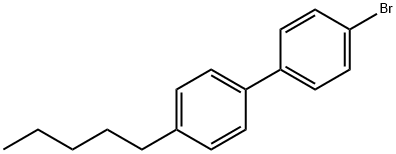
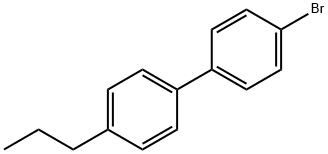
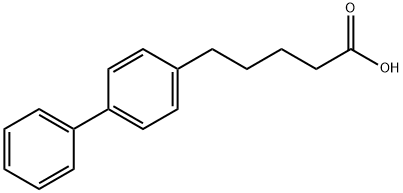
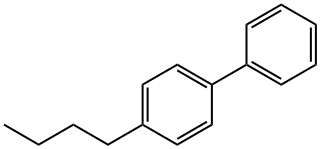


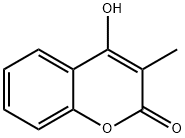
You may like
-
 Brodifacoum CAS 56073-10-0View Details
Brodifacoum CAS 56073-10-0View Details
56073-10-0 -
 3-(4-amino-1-oxoisoindolin-2-yl)-1-methylpiperidine-2,6-dione 98%View Details
3-(4-amino-1-oxoisoindolin-2-yl)-1-methylpiperidine-2,6-dione 98%View Details -
 614-19-7 98%View Details
614-19-7 98%View Details
614-19-7 -
 3112-85-4 Methyl phenyl sulfone 98%View Details
3112-85-4 Methyl phenyl sulfone 98%View Details
3112-85-4 -
 20677-73-0 (2,2-diethoxyethyl)methylamine 98%View Details
20677-73-0 (2,2-diethoxyethyl)methylamine 98%View Details
20677-73-0 -
 3-(4-(hydroxyamino)-1-oxoisoindolin-2-yl)piperidine-2,6-dione 98%View Details
3-(4-(hydroxyamino)-1-oxoisoindolin-2-yl)piperidine-2,6-dione 98%View Details -
 57381-49-4 2-bromo-4-chlorobenzonitrile 98%View Details
57381-49-4 2-bromo-4-chlorobenzonitrile 98%View Details
57381-49-4 -
 4,6-dichloropyrimidine-5-carbaldehyde 98%View Details
4,6-dichloropyrimidine-5-carbaldehyde 98%View Details
5305-40-8
